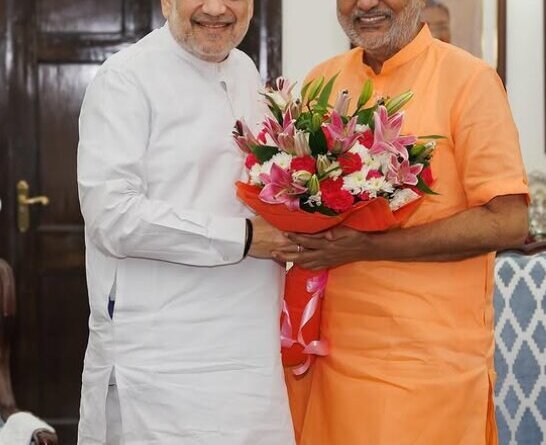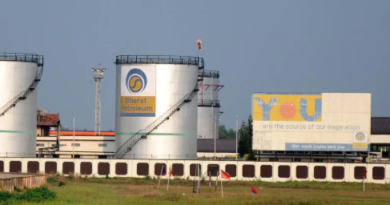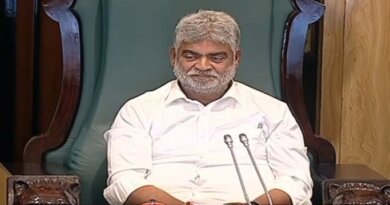Radhakrishnan Wins Vice President Poll

In a decisive parliamentary vote, CP Radhakrishnan has been elected as the 15th Vice President of India, defeating opposition candidate B. Sudershan Reddy. The election, held on September 9, marked a significant moment in India’s constitutional history, with over 98% voter turnout from Members of Parliament.
Radhakrishnan secured 452 votes, comfortably crossing the majority mark, while Reddy received 300. The remaining ballots were either invalid or abstained. The voting process was conducted through secret ballot inside Parliament House, with participation from leaders across party lines.
Born in Tiruppur, Tamil Nadu, Radhakrishnan has had a long political journey. He began as a grassroots worker and rose through the ranks of the Bharatiya Janata Party. He previously served as a Member of Parliament from Coimbatore and held gubernatorial roles in Jharkhand and Maharashtra.
His election follows the resignation of Jagdeep Dhankhar, creating a vacancy in the second-highest constitutional office. As Vice President, Radhakrishnan will preside over the Rajya Sabha and act as the President in case of vacancy.
The result reflects strong support from the National Democratic Alliance and signals a shift in parliamentary dynamics. Several MPs from regional parties abstained, indicating nuanced political positioning.
Prime Minister Narendra Modi, President Droupadi Murmu, and other senior leaders extended congratulations, highlighting Radhakrishnan’s experience and commitment to public service.
Opposition leaders, while acknowledging the defeat, praised Reddy’s principled campaign. The election was seen as a test of unity for both the ruling and opposition blocs.
Radhakrishnan’s background includes advocacy for river-linking, civil code reforms, and anti-narcotics campaigns. His tenure is expected to focus on strengthening parliamentary discourse and upholding constitutional values.
The Vice President’s role is crucial in maintaining decorum in the Upper House and ensuring smooth legislative proceedings. With his administrative experience and ideological grounding, Radhakrishnan is poised to bring stability and insight to the position.
His election also carries symbolic weight, representing southern leadership at the national level. Analysts believe this could influence future political alignments, especially in Tamil Nadu and neighboring states.
The oath-taking ceremony is scheduled for September 12, with dignitaries from across the country expected to attend.
Radhakrishnan’s journey from student activist to constitutional authority underscores the evolving nature of Indian democracy. His appointment is likely to impact legislative priorities and inter-party negotiations in the coming years.
As India prepares for upcoming parliamentary sessions, the new Vice President’s leadership will be closely watched. His ability to navigate complex debates and foster consensus will shape the tone of national governance.
This election also highlights the importance of parliamentary participation and the role of elected representatives in shaping constitutional offices.
With a new Vice President in place, the focus now shifts to legislative reforms, regional representation, and the strengthening of democratic institutions.





Nice one. Originality and SEO both covered well. 👍